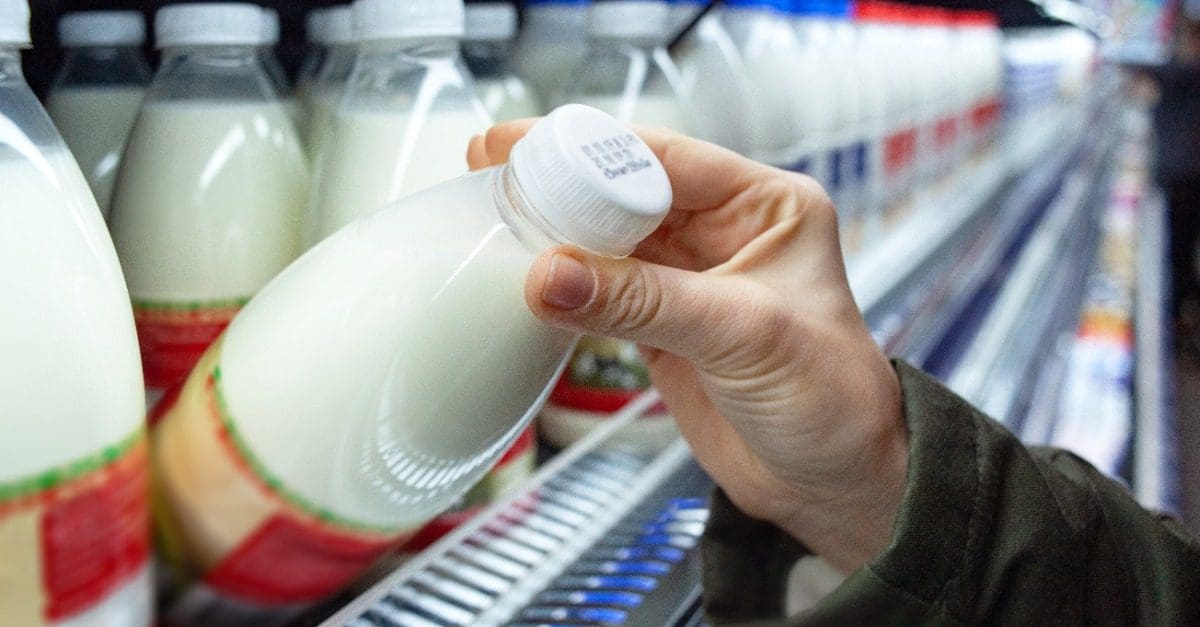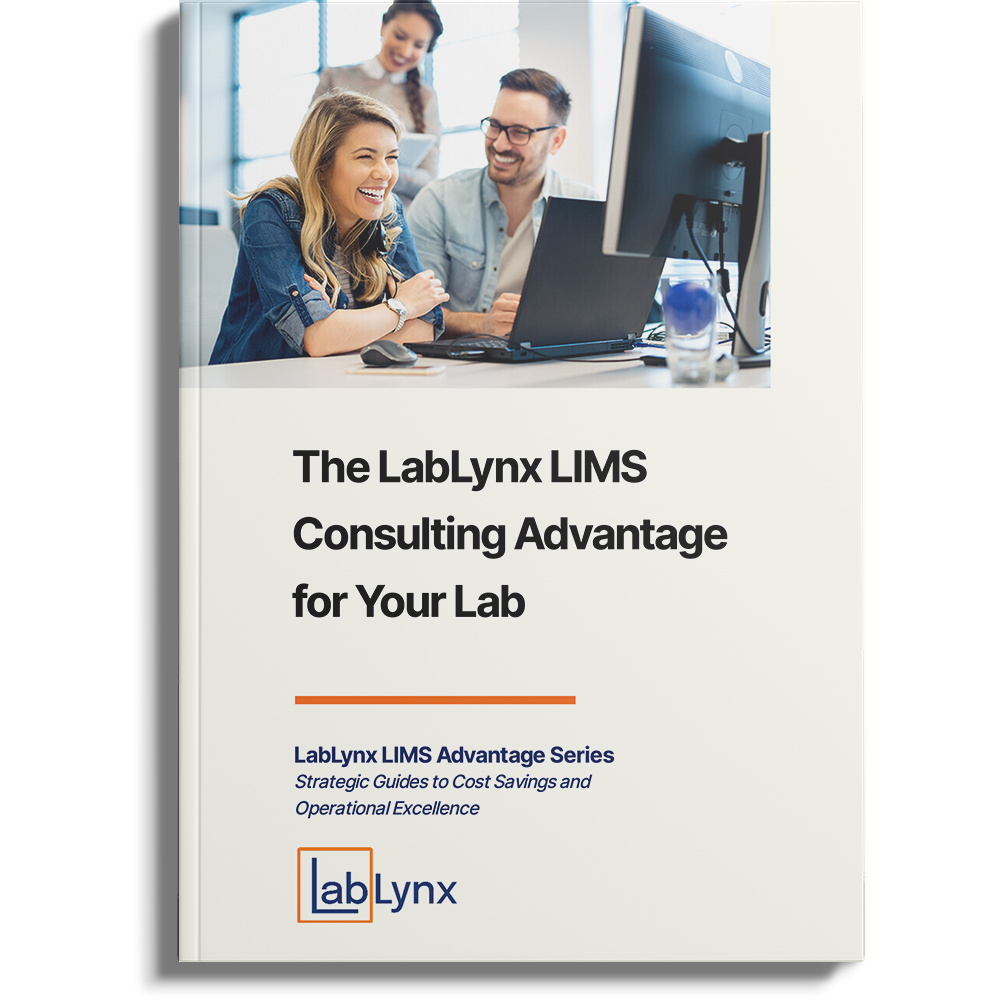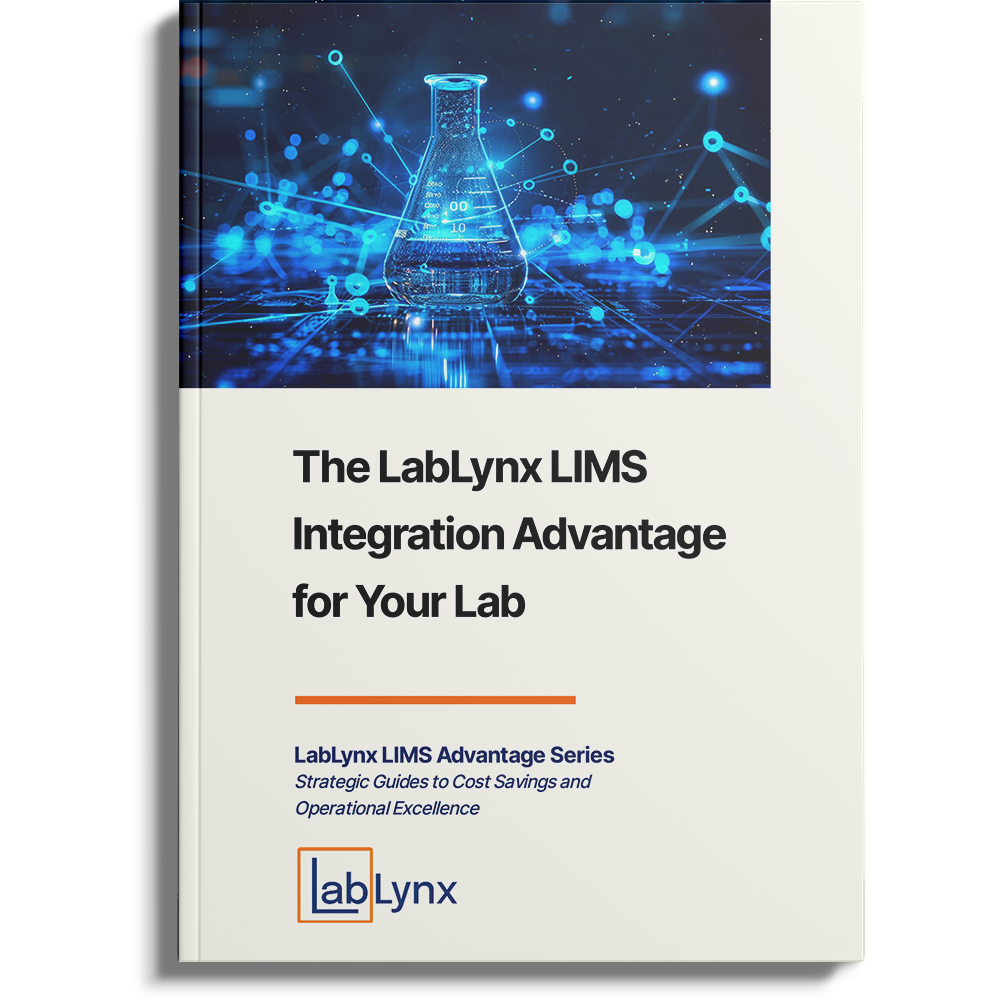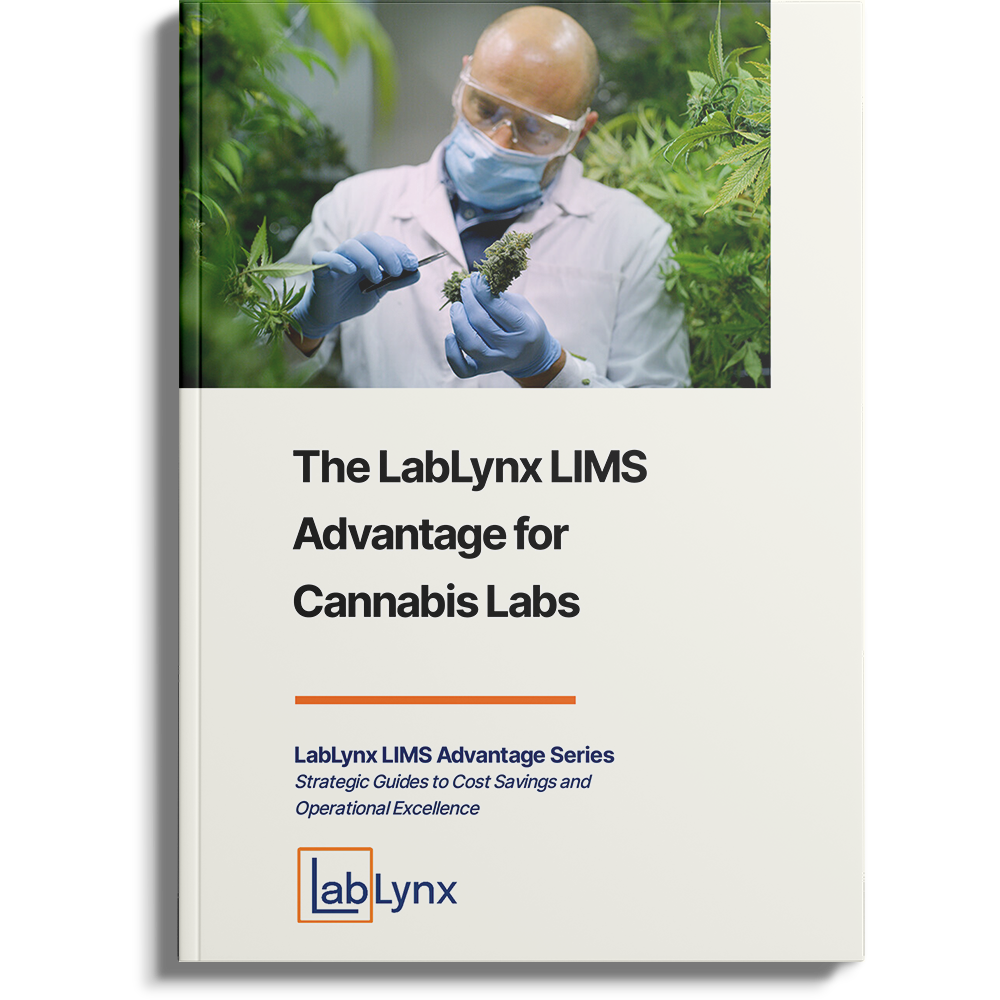
Imagine this: You’re walking through the supermarket, and you pick up a food item you’re interested in. On the packaging, you’ll notice some dates identified as “best if used by” and “sell by”. “How did they arrive at those dates? What do they mean?
Before we move further along, let’s clarify those date terms. The following quotes come from the University of Connecticut:[1]
Best if Used-By and Use-By date:
“Use-By” or: Best if Used By” dates suggest when the food item will be at its best quality. Food is generally safe if consumed past this date but may have deteriorated in flavor, texture, or appearance. “Use-By” dates are often found on canned goods, dry goods, condiments, or other shelf-stable items. The Food and Drug Administration is supporting the food industry’s efforts to standardize this use on its packaged food labeling.
Sell-By date:
Many fresh or prepared foods are labeled with a “Sell-By” date to guide how long the item should be displayed for sale before quality deteriorates. Things are generally safe for consumption after this date but may begin to lose flavor or eye appeal. “Sell-By” dates are chosen assuming the buyer may store or eat the item a few days after purchase. To ensure your food is fresh and will be kept at home, it is best not to buy items past their “sell by” date.
Those dates are affected by measurements of the shelf-life of the products. Shelf life is defined as the period of time during which food will:[2]
- “Remain safe”;
- “Be certain to retain its desired sensory, chemical, physical, microbiological, and functional characteristics”; and
- “Where appropriate, comply with any label declaration of nutrition data when stored under the recommended conditions.”
Those references define our subject, but how are “use-by” and “sell-by” values determined? Stability testing plays an important role in that. Foods failing to maintain their freshness can cause meals to taste bad or be discarded, potentially leading to illness if ingested. This article will examine the test methods and protocols used by food and beverage testing labs to determine use-by and sell-by dates. We will also look at laboratory informatics solutions for managing testing programs. (If you are interested in even more details beyond this article, see Kilcast and Sburamaniam’s book Food And Beverage Stability And Shelf Life noted in the footnotes/references.)
Methods of evaluating food and beverage freshness
There are two approaches to evaluating the condition of food and beverage items: sensory and instrumental. Sensory methods are more traditional, while instrumental techniques lend themselves to more precision and automation of testing.
Sensory evaluations
Sensory tests involve people and their ability to use the senses of taste, smell, and vision to determine appearance attributes and touch to evaluate texture. The process for sensory tests requires the person or group administering the tests to organize a panel of people, provide them with the material under consideration, and have them report on their experience with the products. How do they taste? Is the color acceptable or has it changed? Is the odor offensive or is it pleasant? Has the texture of the product changed? These panels are formed periodically over the time period the product is being evaluated until it fails to meet the requirements of usable material.
There are several concerns with sensory testing. They include:
- The make-up of the panel may change. If the group members change, it will be difficult to compare the results from one test cycle to another.
- Even if you have the same group members, their ability to perceive characteristics may change. For example, does one have a cold? Have they recently eaten something that throws their perception of taste off? Even moods can affect their response.
- As the test cycles progress, have biases may become built-in? People may discuss their perceptions, affecting how they perceive a sensory response the next time, or even leading to a change in answer.
Instrumental evaluations
These concerns, plus a need for more precise evaluations and lower costs, have driven the desire for instruments to replace human sensory results. Instruments can measure color, evaluate the appearance of samples, and even use photos to provide a more objective basis for comparisons over time. Characteristics such as flow can be measured by rheometers (including the ability to run more thorough studies such as changes in flow under different pressures and temperatures). Instruments can also be used to monitor lipid oxidation which reduces food quality, and the development of volatile organic compounds such as aldehydes and ketones, which can create offensive odors.
The detection of microbiological contamination has progressed from routine traditional microscopic methods to the development of special culture media that incorporate biochemical reaction components and other organism-specific features that can be used to speed the identification of target microorganisms. In addition, equipment such as this can be used in automated devices and procedures.
Electronics have come to the assistance of testing for smell and taste. There are both electronic noses and electronic tongues. The electronic tongue[3],[4] is a device with an array of sensors that can qualitatively and quantitatively evaluate tastes such as sourness, saltiness, bitterness, sweetness, and umami (umami is the flavor of glutamates, especially monosodium glutamate).
Similar to the electronic tongue is the electronic nose (see the previously cited Kilcast & Subramaniam, page 392), an electronic device with an array of sensors that can detect volatiles in the air space above a test sample. The response to the detectors produces patterns that can be assigned to different odors. If the smell is difficult to identify or if more details are needed, analysts can use gas chromatography alone or in combination with mass spectroscopy to precisely identify the volatiles emanating from the product sample.
Testing protocols
Those test procedures must be run periodically to determine the point at which a sample begins to lose usefulness as a food and beverage product. The time between test runs determines the precision of the shelf life estimates. For products with a short shelf life, real-time evaluations may be useful, but for a product with a long shelf life, we need an alternative approach.
That approach is based on accelerated aging tests in the laboratory, which can aid in predicting the shelf life of products and are the origin of those “best if used by” dates on food containers. This is a sophisticated process that can generate a lot of testing, but at a reduced cost compared to real-time testing. Products are subjected to both normal environmental and increased temperature and humidity parameters, and they are also exposed to light to mimic accelerated aging. However, care must be taken during testing such that increased temperatures don’t cause unwanted side effects like separations of materials.
To reduce the cost of accelerated aging tests, the aging process is applied to two sets of the same product whose accelerated aging may start a couple of weeks apart. The one that is started first is checked periodically to see if any product breakdown becomes evident. When that occurs, the second set is checked more frequently to pinpoint the time at which the breakdown occurs. This allows for the development of accurate aging data while minimizing the cost and effort involved.
Laboratory information management systems (LIMS)
Given the testing protocols outlined above, with product samples being evaluated for multiple properties over a potentially long period of time, analysts need assistance to ensure that all the required data is obtained, properly recorded, and easy to work with. This can get complicated when conducting multiple product evaluations at the same time. Analysts need help developing sampling plans, scheduling tests, and ensuring that the appropriate testing is done.
That is an ideal role for a LIMS, which can support both sensory and instrumental test protocols. Testing plans are easily set up, and the LIMS scheduling function will help ensure the tests run as needed. In addition, LIMS custom report generators can help you organize your test data for periodic review and then export it in a .csv format to a statistical data analysis package or spreadsheet for further evaluation.
The LIMS worklist generator can automatically produce a worklist for automated testing equipment such as chromatographic instrument data systems (IDS) or similar computer-controlled testing protocols. After the work is completed, the IDS can forward a report to the LIMS and have it parsed with results placed with the appropriate sample information.
In short, what could have been a complicated scheduling and test management process is streamlined for you.
In closing…
With the wide range of food and beverage products the consumer has available, they need assurance that the items they purchase are safe and will last on their shelves or in their refrigerators and freezers until they reach their use-by dates. That is the role that shelf life and stability testing play in the marketplace. That work can be assisted by automated testing, which in turn can be managed by a well-designed informatics system, such as LabLynx ELab LIMS, to organize, manage, and report the process of testing protocols.
References
[1] College of Agriculture, Health and Natural Resources, see https://news.extension.uconn.edu/2019/10/30/expiration-use-by-and-sell-by-dates-what-do-they-really-mean/ [2] David Kilcast, Persis Subramaniam, Food And Beverage Stability And Shelf Life, (Cambridge, Woodhead Publishing Limited, 2011) page 326 [3] Khalilian, Alireza; Khan, Md. Rajibur Rahaman; Kang, Shin-Won (2017). “Highly sensitive and wide-dynamic-range side-polished fiber-optic taste sensor”. Sensors and Actuators B: Chemical. 249: 700–707. In addition, see https://en.m.wikipedia.org/wiki/Electronic_tongue [4] Kilcast, David; Subramaniam, Persis. Food and Beverage Stability and Shelf life. Cambridge, Woodhead Publishing Limited, 2011. Pg. 394. ISBN 978-1-84569-701-3.





